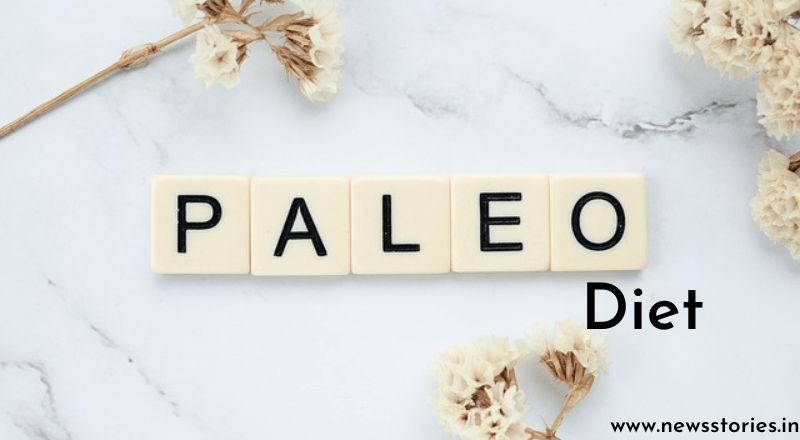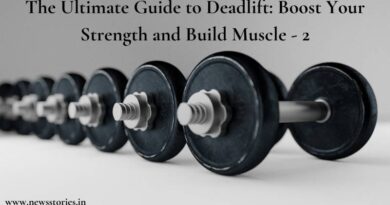The Paleo Diet: An Overview of a Time-Tested Dietary Approach
Introduction
Paleo diet, also known as the caveman diet, is a dietary approach that seeks to mimic the eating habits of our Paleolithic ancestors. The basic premise is simple eat the foods that our ancient ancestors would have consumed during the Paleolithic era.
Which began about 2.5 million years ago and ended around A 10,000 years ago, agriculture first appeared. The paleo diet is often touted as a healthy and effective way to lose weight. Improve overall health and reduce the risk of chronic diseases.
However, it also has its fair share of detractors. Who argue that it is a fad diet with little scientific basis. In this article, we will provide an overview of the paleo diet. Including its history, principles, benefits, and potential drawbacks.
We will also address some of the most common questions and concerns about the diet.
What is the Paleo Diet?
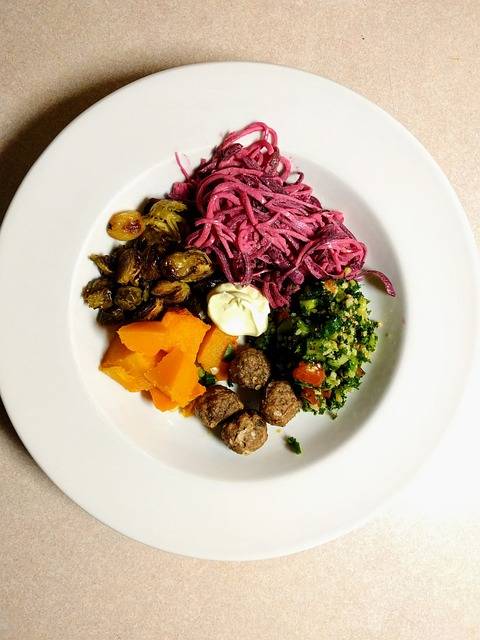
The foundation of the paleo diet is the idea that our bodies are best suited to the foods. That our ancestors could had access to during the Paleolithic era. This means that the diet is centered around whole, unprocessed foods that were consumed by hunter-gatherers.
Such as meat, fish, vegetables, fruits, nuts, and seeds.
The paleo diet excludes all processed and refined foods, as well as dairy products, grains, legumes, and refined sugars. The idea is that these foods were not available to our ancestors, and therefore our bodies are not well adapted to them.
Principles of the Paleo Diet
The principles of the paleo diet are relatively simple. The diet emphasizes whole, unprocessed foods that were available to our Paleolithic ancestors. This means that the diet is high in protein, fiber, and healthy fats, and low in carbohydrates.
The following are some of the key principles of the paleo diet:
Eat whole, unprocessed foods: This includes meat, fish, vegetables, fruits, nuts, and seeds.
processed and refined foods Should be Avoid: This includes foods that are high in sugar, refined grains, and vegetable oils.
Avoid dairy products: This includes milk, cheese, and yogurt.
Avoid grains and legumes: This includes wheat, oats, rice, beans, and lentils.
Refined sugars need Avoid: This includes table sugar, high-fructose corn syrup, and other sweeteners.
Eat plenty of healthy fats: This includes fats from animal sources (such as grass-fed beef and wild-caught fish) as well as plant-based sources (such as avocados and nuts).
Limit carbohydrates: This includes starchy vegetables (such as potatoes) and fruits.
Benefits of the Paleo Diet
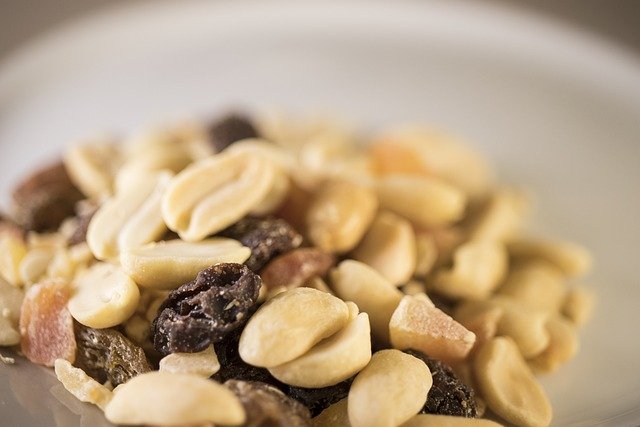
The paleo diet has been touted as a healthy and effective way to lose weight. Improve overall health, and reduce the risk of chronic diseases. The following are some of the potential benefits of the diet.
Weight loss
Weight loss is one of the paleo diet’s main advantages. The diet is low in carbohydrates and high in protein and healthy fats, which can help reduce appetite and promote feelings of fullness.
Several studies have shown that the paleo diet can lead to significant weight loss, especially in the first few weeks of the diet.
Improved blood sugar control
The paleo diet is low in carbohydrates and high in protein and healthy fats, which can help improve blood sugar control. Several studies have shown that the paleo diet can lead to significant improvements in blood sugar levels, especially in people with type 2 diabetes.
Reduced inflammation
The paleo diet is rich in anti-inflammatory foods, such as fruits, vegetables, and healthy fats. And low in process and refine foods that are known to cause inflammation. Inflammation is a natural response of the immune system to injury or infection.
But chronic inflammation is believe to contribute to the development of chronic diseases. Such as heart disease, cancer, and Alzheimer’s disease.
Improved gut health
The paleo diet is high in fiber, which is important for maintaining a healthy gut microbiome. The gut microbiome is a collection of trillions of microorganisms that live in the digestive tract and play a crucial role in digestion, metabolism, and immune function.
Several studies have shown that the paleo diet can improve gut health. By increasing the diversity of gut bacteria and reducing inflammation in the gut.
Increased nutrient intake
Whole, nutrient-dense foods that are high in vitamins, minerals, and antioxidants are prioritize in the paleo diet. By focusing on these foods, the diet can help increase overall nutrient intake and reduce the risk of nutrient deficiencies.
Also Read : https://newsstories.in/how-to-effectively-burn-belly-fat-a-comprehensive-guide/
Drawbacks of the Paleo Diet
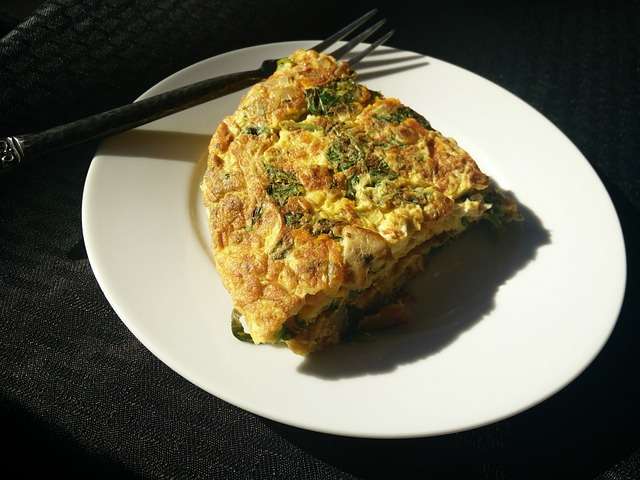
While the paleo diet has many potential benefits, it also has some potential drawbacks. The most prevalent worries include some of the following:
Restrictive
The paleo diet is a restrictive diet that excludes many foods that are commonly consume. Such as dairy products, grains, and legumes. This can make it difficult to follow the diet long-term, especially for those who are use to eating a more varied diet.
Expensive
The paleo diet can be expensive, as it emphasizes high-quality, grass-fed, and organic animal products. Which can be more costly than conventionally raised animal products. Additionally, the diet may require more time and effort to prepare meals from scratch, which can also add to the cost.
Low in carbohydrates
The paleo diet is low in carbohydrates, which can be a concern for some people, especially athletes or those who engage in high-intensity exercise. Carbohydrates are the body’s primary source of energy, and a low-carbohydrate diet may not provide enough fuel for intense physical activity.
Frequently Asked Questions about the Paleo Diet
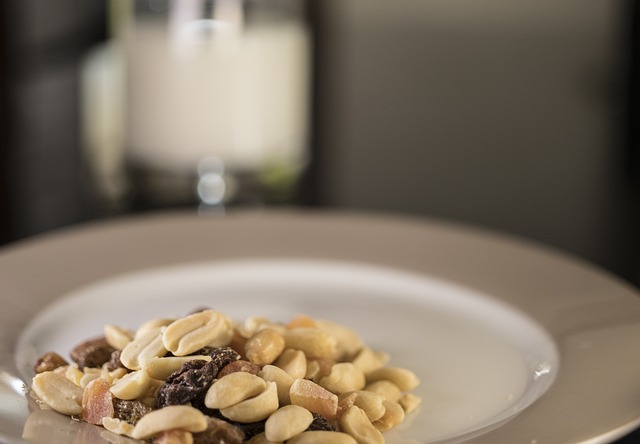
Is the paleo diet suitable for everyone?
The paleo diet is generally safe and suitable for most people. But it may not be appropriate for everyone. People with certain health conditions. Such as kidney disease, may need to modify the diet to avoid excessive protein intake.
Additionally, pregnant and breastfeeding women may need to ensure they are getting enough nutrients. Such as calcium, that are restrict on the diet.
Can the paleo diet help with weight loss?
Yes, the paleo diet can be an effective way to lose weight, as it is low in carbohydrates and high in protein and healthy fats. Which can help reduce appetite and promote feelings of fullness. However, like any diet, it is not a magic solution and still requires a calorie deficit to achieve weight loss.
Is the paleo diet sustainable long-term?
The paleo diet can be difficult to sustain long-term. As it is a restrictive diet that excludes many foods that are commonly consume. However, with proper planning and education. It is possible to follow the diet long-term and maintain a healthy and balanced diet.
Can the paleo diet help with chronic disease prevention?
The paleo diet has been shown to have potential benefits for chronic disease prevention. Such as improved blood sugar control, reduced inflammation, and improved gut health. However, more research is need to fully understand the long-term effects of the diet on chronic disease prevention.
Can the paleo diet be customize for individual needs?
Yes, the paleo diet can be customize to meet individual needs and preferences. For example, people who engage in high-intensity exercise may need to increase their carbohydrate intake to fuel their workouts. While those with certain health conditions may need to modify the diet to meet their specific dietary requirements.
Can the paleo diet be vegetarian or vegan?
While the paleo diet is typically focus on animal-based foods. It can be adapt to meet the needs of vegetarians and vegans. Vegetarian and vegan paleo diets typically emphasize plant-based sources of protein. Such as beans, lentils, and nuts, and include non-animal sources of fat. Such as avocado and coconut oil.
Conclusion

The paleo diet is a popular dietary approach that emphasizes whole, nutrient-dense foods that were commonly consume by our ancestors. The diet has many potential benefits, including weight loss. Improved blood sugar control, reduced inflammation, improved gut health, and increased nutrient intake.
However, it also has some potential drawbacks, such as its restrictiveness and expense. Ultimately, the paleo diet may be a viable option for some people. But it is important to work with a healthcare professional to determine if it is appropriate for your individual needs.
If you’re interest in trying the paleo diet, start by gradually incorporating paleo-friendly foods. Into your diet and reducing your intake of processed and refined foods.
Experiment with new recipes and meal ideas to keep your meals interesting and enjoyable. And remember, the key to long-term success with any diet is to focus on making sustainable lifestyle changes that you can maintain over time.
<< Previous Post
https://newsstories.in/the-no-carb-diet-a-comprehensive-guide-to-going-carb-free/
>> Next Post
https://newsstories.in/exercises-for-ankle-pain-relief-and-rehabilitation/

